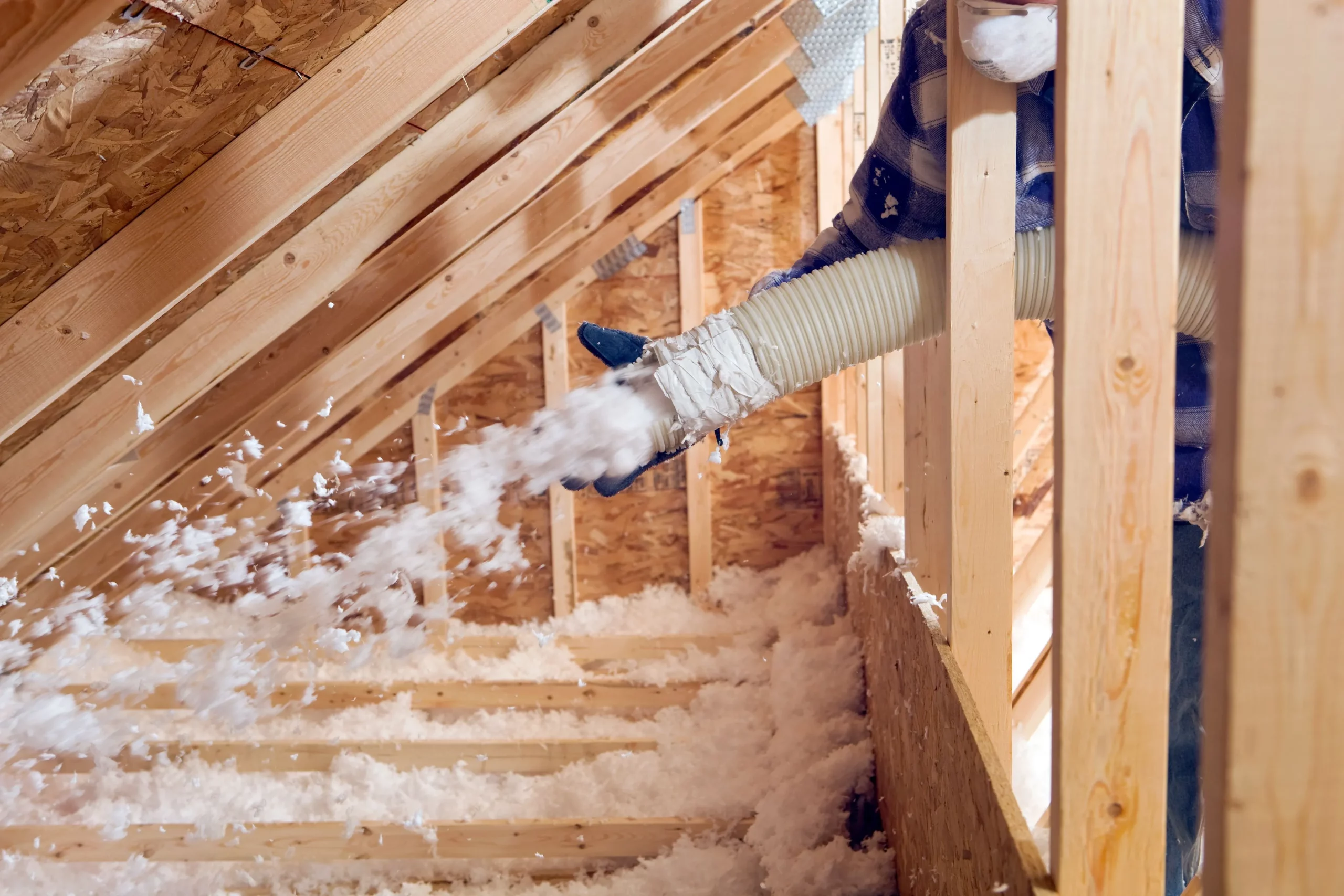
Great Stuff Foam is a popular polyurethane expanding foam used for sealing gaps, insulating small areas, and providing a moisture barrier. While it is a versatile product with many benefits, there are specific situations where using Great Stuff Foam is not recommended. Knowing when and where to avoid using it can prevent costly mistakes, structural damage, and safety hazards.
Applying expanding foam inside or around electrical boxes and fixtures can create a fire hazard. The foam can trap heat generated by wiring, increasing the risk of overheating and potential electrical fires.
Instead of Great Stuff Foam, use fire-rated sealants specifically designed for electrical applications. Caulking or fire-blocking materials offer safer options without compromising electrical safety.
Expanding foam is highly flammable, making it a poor choice for use around gas lines, stoves, furnaces, and water heaters. The foam’s combustible nature can pose a significant fire risk if exposed to high heat or open flames.
Use fire-materials, such as mineral wool or fire-rated caulking, to seal gaps around gas appliances safely.
Great Stuff Foam degrades when exposed to UV rays. Over time, sunlight causes the foam to break down, crumble, and lose its insulating properties, reducing its effectiveness and requiring frequent reapplications.
For outdoor applications, use UV-resistant sealants or paints that protect against sun exposure. Silicone caulking and weatherproofing products offer longer-lasting solutions.
Expanding foam is not designed to provide structural support and should not be used for filling large voids or load-bearing areas. Over-application can lead to weak, unstable insulation, which can collapse over time.
For large gaps, use rigid foam board insulation or fiberglass batts, which offer more structural integrity and better long-term performance.
Great Stuff Foam hardens upon curing and does not flex with structural movement. This can lead to cracks, separation, or damage in areas prone to expansion and contraction, such as window and door frames.
For flexible applications, use elastomeric sealants or flexible expanding foam products specifically designed for movement-prone areas.
Applying Great Stuff Foam inside HVAC ducts or air vents can obstruct airflow, reduce efficiency, and introduce harmful chemicals into the air system. The foam is not rated for HVAC applications and can deteriorate over time when exposed to temperature variations.
For sealing air leaks in ducts, use mastic sealant or aluminum tape, which is designed for HVAC use and does not compromise airflow or air quality.
Standard Great Stuff Foam is not waterproof and absorbs moisture over time, leading to mold growth, rot, and material breakdown. Using it in areas with high humidity or water exposure can compromise the integrity of the insulation.
For moisture-prone areas, use closed-cell spray foam insulation, which resists water absorption and provides a more durable solution.
Once cured, Great Stuff Foam adheres strongly to surfaces and is difficult to remove. Using it in areas that require frequent maintenance or potential future modifications can lead to complications.
For temporary seals, use removable weather stripping or caulking that allows for easier removal and adjustments.
While Great Stuff Foam is a useful tool for sealing gaps and improving insulation, it is not suitable for every application. Avoid using it in areas prone to fire hazards, UV exposure, excessive moisture, and structural movement. Understanding its limitations ensures better long-term results and safer applications.
For expert insulation solutions tailored to your specific needs, consider professional spray foam installation. Contact Red River Spray Foam Insulation for high-quality, durable insulation services in Oklahoma City, OK.
Yes, but only if they are not exposed to excessive heat or movement. For plumbing applications, use a foam specifically rated for pipe insulation.
Yes, but it should not be applied in attic insulation, near exposed electrical wiring, ventilation areas, or areas subject to high-temperature changes.
Yes, once fully cured, it can be painted to protect against UV damage and improve aesthetics.
Yes, it continues to expand as it cures, which is why it is important to apply it sparingly to prevent over-expansion and unwanted mess.
No, standard Great Stuff Foam is not waterproof. Use closed-cell spray foam for moisture-prone areas.
While it provides some sound dampening, it is not a dedicated soundproofing material. Specialized acoustic insulation is recommended for noise reduction.
Before it cures, excess foam can be cleaned with acetone or foam remover. Once hardened, mechanical removal is required.
Yes, pest-resistant formulations exist, but they should not be relied upon as a primary pest control method.
When properly applied and protected from sunlight, it can last several years. However, exposure to elements can reduce its lifespan.
It contains chemicals that are not biodegradable. Use eco-friendly alternatives if sustainability is a concern.